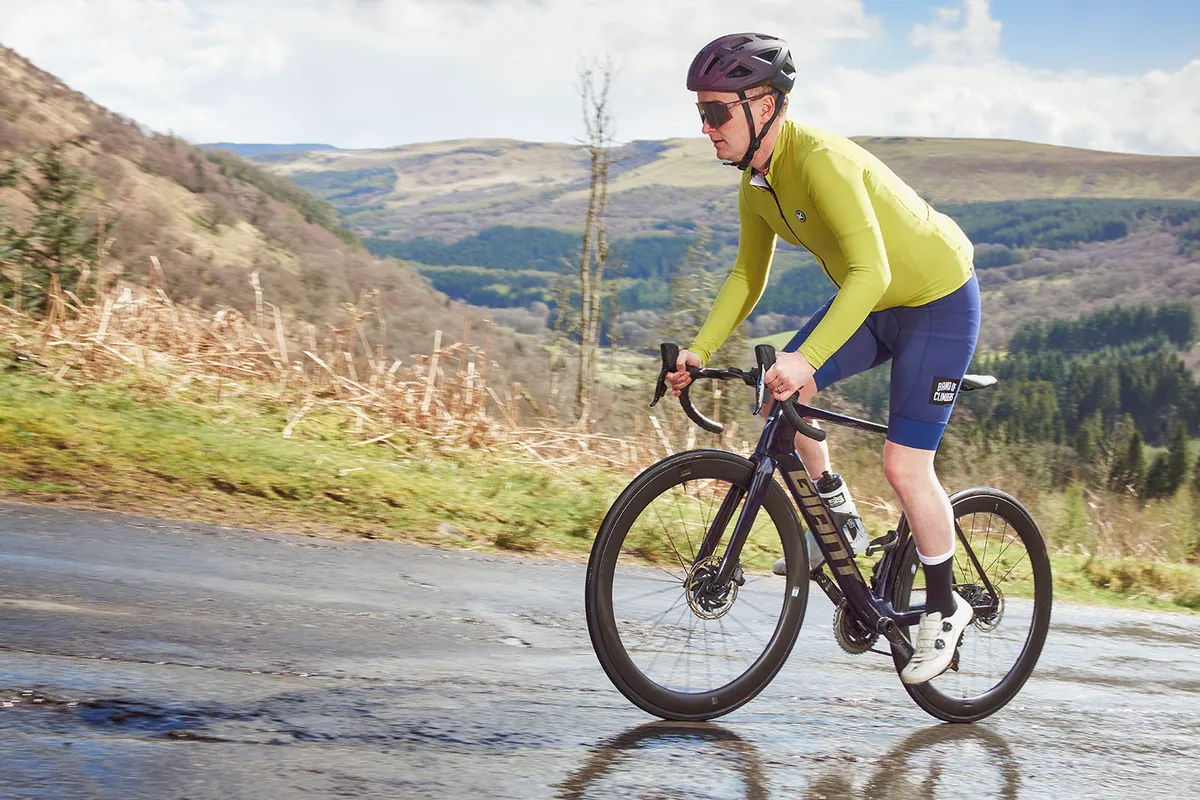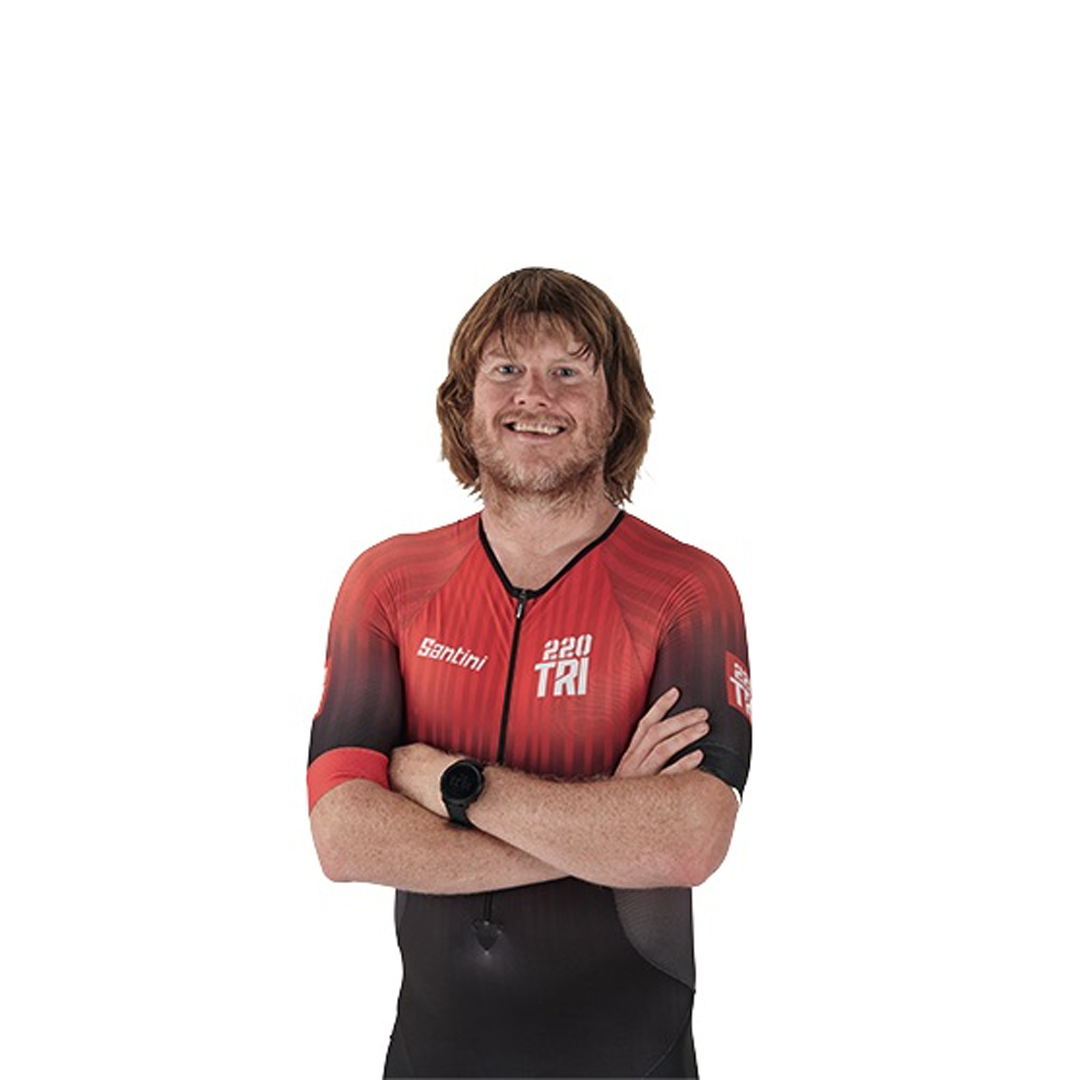One of the natural processes of ageing is loss of muscle mass, a drop in metabolism and a middle-aged spread of fat, even when you’re a keen cyclist. Weight training and higher protein intake will help ameliorate the decline – as will testosterone.
By using testosterone gels or injecting the hormone, amateur athletes hope to gain strength, recover quickly, train more and remain competitive. But it begs the question: where’s the line between restoring previous physiology as the years roll by and performance enhancement?
“Over the past five years, I’ve started to see more exercising men present with borderline testosterone results,” says Dr Simon Saunders, specialist in endocrinology at the Mersey and West Lancashire Teaching Hospitals NHS Trust, and a keen cyclist.
“These are effectively broken down into two major groups. First, there are young men in their mid-to-late 20s who are interested in bulk. They’ve spoken to someone at the gym who’s offered them testosterone. They’ve tried it a couple times, felt better on it and carried on, but then they’ve stopped, their natural testosterone’s slowed and their levels are low.

“Then there’s another group in their mid-40s to early-50s,” adds Saunders. “They’ll be watching the cycling, the adverts kick in and they’ll see things like Wellman tests or similar for Numan. It’ll be a constant drip-feeding of, ‘Have you had your testosterone levels tested?’ So, you prick your finger, drop blood on a card and send it back.
"The results come back low. They then visit their doctor, who’ll do a proper test. This needs to be done fasted and is a single blood test for testosterone. This may come back normal or potentially borderline.
"This is where there’s a real blurring of lines, as I’ve seen an increasing number of 40-year-old-plus athletes who are arguably more interested in performance gains than health.”
Saunders recently audited his endocrine clinic for new referrals in the past 12 months and around 10 per cent attended for hypogonadism or low testosterone. That’s up from 5 per cent five years ago, with these wellness adverts mooted as a great driver.
He says many people, even those exercising regularly, don’t require testosterone injections or gels, as cutting a few pounds or cutting back on alcohol helps. If after six to 12 months, the levels are still borderline, he might briefly trial them on testosterone. “I follow the guidance but some don’t. That’s the nature of who you see.”
Lower threshold

Many a more mature athlete is benefiting from guidance that, says Saunders, changed about four years ago and focuses on ‘calculated free testosterone’, which looks at the amount of circulating testosterone that’s not bound to protein.
Most of the testosterone in your blood attaches to two proteins: albumin and the sex hormone globulin. Some testosterone is free, which means it isn’t attached to proteins. If low, it usually indicates a deficiency in the body’s usable or bioavailable testosterone.
“If you’re running around 10 [nanomoles per litre] after a blood test that measures calculated-free testosterone, you now qualify for testosterone treatment. That’s lower than before,” says Saunders.
“The diagnostics has changed to facilitate more testosterone use. That’s because of the association with outcomes down the line in terms of long-term health.” These include type 2 diabetes, hypertension, osteoporosis and metabolic syndrome.
Saunders currently works predominantly with people over 40. Hence, his observations on a blurring of health and performance lines via testosterone prescription.
How many cyclists have gone rogue, bypassing the NHS route and ordering testosterone online (“often from Greece or Turkey,” says Saunders) remains to be seen, but it’s something he saw a great deal of when he used to work in Warrington, in the north-west of England.
“It’s rugby-league country, so there are gyms all over the place,” he says. “I generally use a drug called Nebido, which is a compound ester of testosterone and lasts for a while, so you only need to inject every three months. But gym users generally go for Sustanon, as it’s easier to get hold of.
“Now, if we prescribed Sustanon, we’d normally give about 250mg every three to four weeks, whereas gym goers are using 250mg-500mg three times a week. So huge amounts. The consequence of that is lifting big weights and massive muscle bulk, but it turns off their testosterone completely, their testicles shrink and they can become infertile if they use it for a long time.”
Middle-aged speed

Saunders currently has at least three patients under his care who were heavy users of testosterone. They were all gym goers.
But it doesn’t take a huge leap to link ageing cyclists whose speed is naturally declining and testosterone replacement for performance rationale, especially when you recall the 2015 Cycling Independent Reform Commission (CIRC) 227-page report, which was collated by a three-member panel tasked with investigating the causes and patterns of doping within cycling.
In the report, the panel wrote: “Doping in amateur cycling is becoming endemic. It has been caused by a combination of ease of access to drugs via gyms and the internet, the reduction in costs for substances, a spread of knowledge in means and methods of administration, and a lack of funding for regular testing at the amateur level.”
The CIRC report also stated that middle-aged businessmen were winning masters races after using performance-enhancing drugs. “Some riders explained that they no longer ride in the gran fondos because they were so competitive due to the number of riders doping,” it read.
Crossing the line
Understandably, our search for an ageing road cyclist who admitted seeking testosterone replacement for a PB rather than longevity fell on deaf ears. We did, however, come across a Reddit thread where a user commented, “I was on 170mg a week by injection. I don’t compete in anything; I was simply curious about what it would do. The testosterone is useful for endurance sport because it allowed me to recover faster so I could train more. My strength increased. I’m 43 and it made me feel like a young man again.”
We can’t verify the story, but we can seek the input of former professional cyclist Joe Papp, who doped in the 1990s. He then took things further by dealing. Papp knows it’s not only the professionals who cross the line. “I’d say about 80 per cent of my clients were recreational riders,” Papp reveals. “These were type-A personalities who had money to burn. They’re highly motivated, mainly men and go all in.”
Recently, only 52 of 182 starters finished an amateur event in Spain after word got around that doping control was in town. Usually, the dropout is a still-attritional 50 per cent. This year, that rose to 72 per cent.
One anonymous racer interviewed by Spanish cycling website Ciclo21 said: “We all know who is and who is not [doping]. We are fed up with these exhibitions and that when there are controls, curiously the same as always, they do not finish the races to avoid the control, but of course without evidence we cannot accuse, but everything is very evident.”
Two Spanish cyclists were suspended after testing positive for EPO at the 2018 UCI Gran Fondo World Championships, while closer to home, amateurs Robin Townsend, Andrew Hastings and Jason White all failed doping tests, fitting the identikit profile in the CIRC report of “middle-aged businessmen winning on illegal products”.

Why recreational riders cross the line is less obvious than the mortgage- and bill-paying pros. But Papp says ego and pride is just as strong a motivator as money. “Men, especially, are motivated by status and honour in their tribes, going back to our Palaeolithic ancestors,” he says.
“Even just being top dog in a local cycling club can be a real ego boost to a lot of guys, even middle-aged dudes wanting to feel good about their waning powers in search of recapturing their youth.”
But maybe not solely the middle-aged guys. NHS data shows 4,675 women aged 50 years and over obtained testosterone gel using a prescription in November 2022, a sharp increase from 429 women in November 2015.
“There’s certainly a move within HRT-prescribing communities for women to take testosterone for libido purposes,” says Saunders. “Micro-dosing testosterone does just that, but it also gives muscular strength. I can see where that’d be of interest for female athletes.”
The longevity industry is growing with it and is projected to be worth $610 billion globally in 2025. That means more adverts and, inevitably, more road cyclists following the pharmacological path.
Whether that’s for power or general health is down to where your ethical compass points. But whatever your personal choice, remember that if you are undergoing treatment for testosterone deficiency, UKAD advises checking out its ‘TUE Wizard’, which is an online diagnostic tool to determine whether a TUE (therapeutic exemption) is required.
Finally, UKAD tells us, “Amateur athletes in your example don’t need to be in possession of a valid TUE prior to commencing treatment with a prohibited substance or method. They would, however, need to apply for a TUE within five working days (make a retroactive TUE application) if they received written notification from UKAD that they had returned an Adverse Analytical Finding (or AAF, positive test result).
"An example of this would be if the amateur athlete is tested by UKAD and their sample returns an AAF. Athletes can check UKAD’s National TUE Pool to find out if they are included within the National TUE Pool for their sport.”



